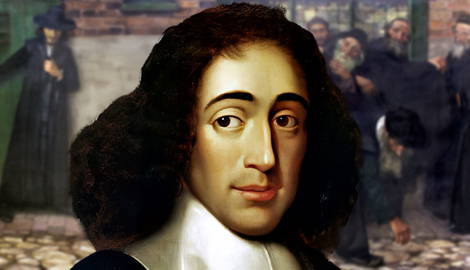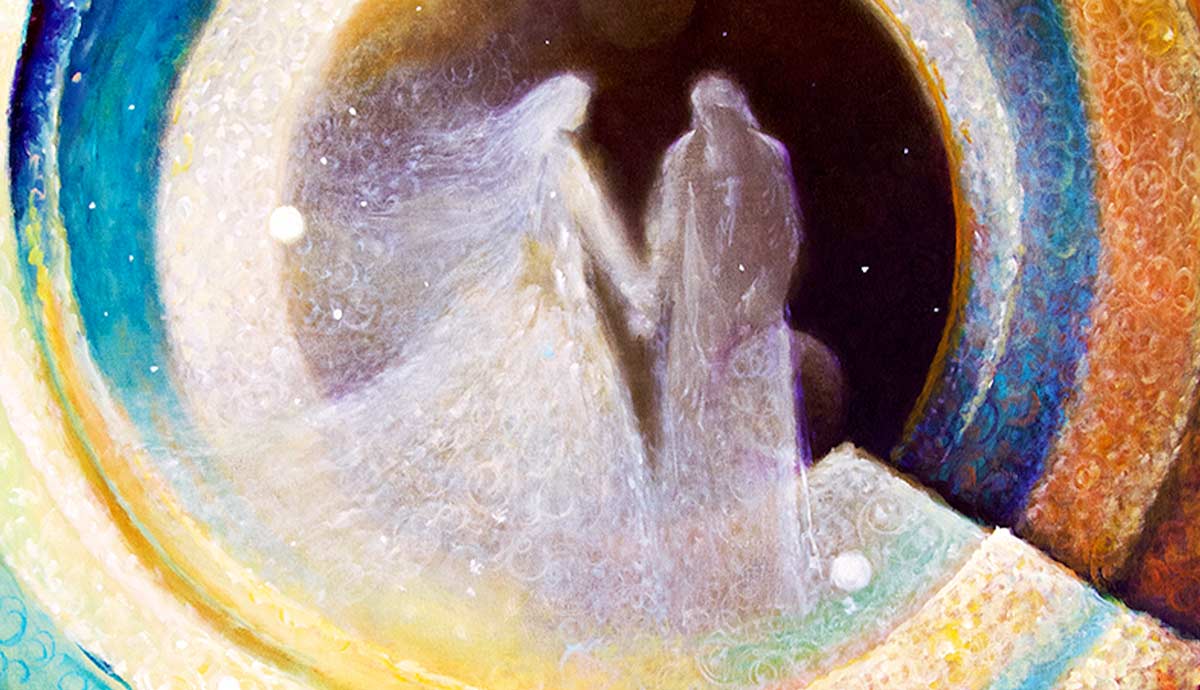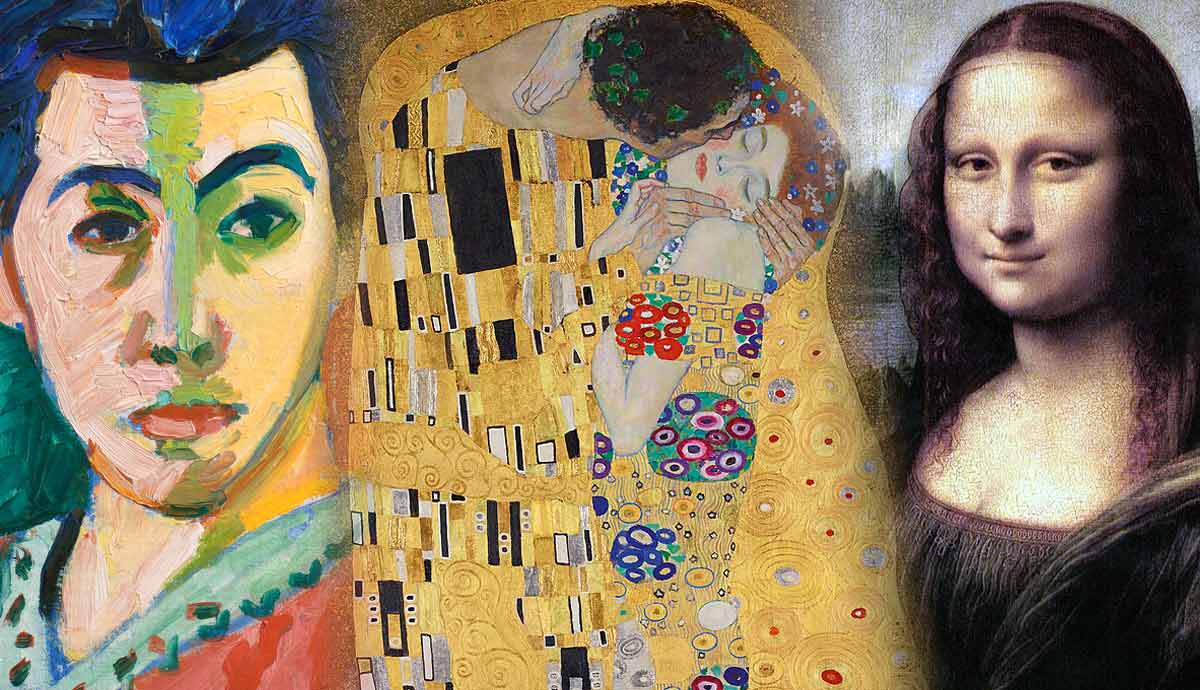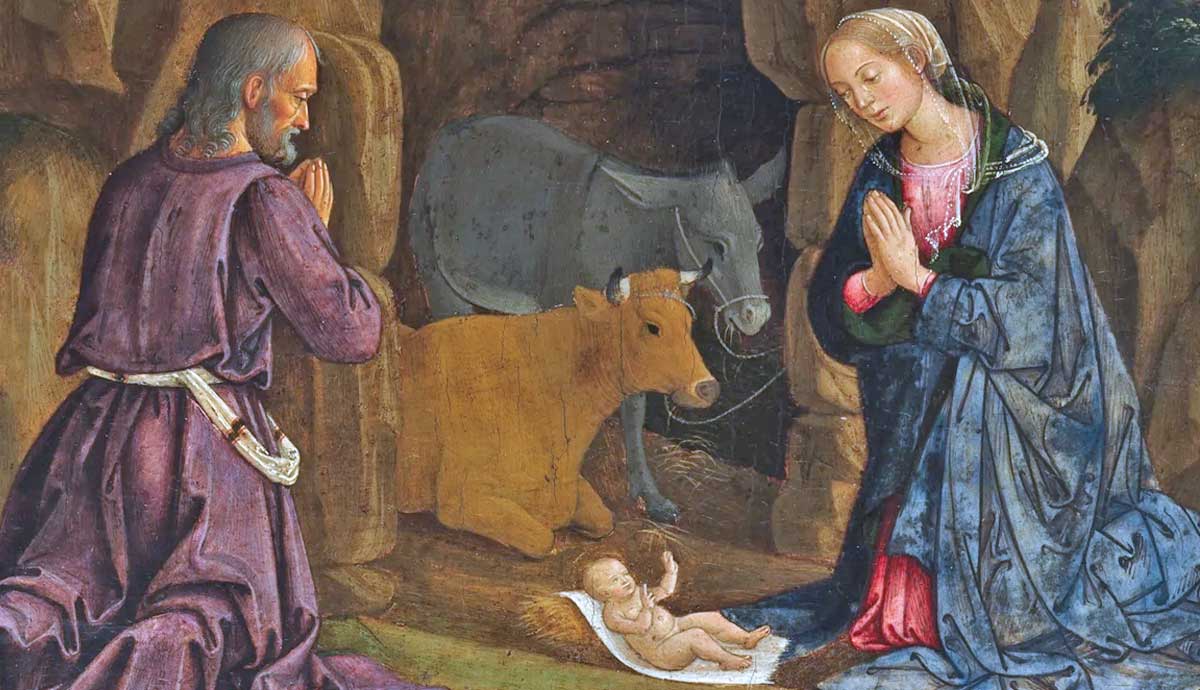
Baruch Spinoza is one of the most influential and controversial figures of the 17th century. His radical views on the nature of God and organized religion made him lead a life of extreme, and at times life-threatening, social censure. In an endless battle for freedom of expression, Spinoza lived as an outcast, his philosophy born behind closed doors. Nevertheless, the legacy of his works, most of which were published posthumously, left a deep imprint that shaped modern philosophy, distinguishing him as one of the most important philosophers in history.
Spinoza’s Upbringing and Education

Baruch Spinoza was born in 1632 into a wealthy Marrano family in Amsterdam. His father, Michael, was a successful merchant with a thriving business. After the death of his first wife, Michael married Hannah Deborah and had five children with her, the third of whom was Baruch Spinoza. Deborah died when Spinoza was only six, leaving him in the care of his grandmother until his father remarried. Esther, Michael’s third wife, raised him from the age of nine onwards.
The young Spinoza had a traditional Jewish education at the Talmud Torah school where he studied Hebrew and sacred Jewish texts. Although he was a gifted student, he had to stop his education to work at his family business by the age of fourteen. His responsibilities increased after his father suffered a tormenting illness and his older brother died in 1649.

Spinoza’s family suffered from detrimental financial struggles as their business declined due to the First Anglo-Dutch War. When Spinoza’s father died in 1654, he left him with the responsibilities of managing the business and financially supporting his family as well as the synagogue. Most significantly, he inherited the burden of paying all the accumulated debts owed to his late father. The responsibilities and strenuous circumstances he was under put his philosophical pursuits to a halt and mitigated his intellectual potential from flourishing. He had to close his family business in 1655 as his inherited wealth diminished.
One year later, Spinoza appealed to the city authorities to free himself from debt, contending that he was a legal minor, unable to comprehend his family’s indebtedness. Although he was relieved from the responsibility of paying his father’s debt, Spinoza was severely rebuked by the synagogue for not resolving business matters within the Jewish community and seeking the intervention of authorities.
The Spinoza Circle

With the diminishment of his responsibilities, Spinoza joined a Latin study group with Franciscus van den Enden, a philosopher known for his controversial political and religious views. Van den Enden deeply influenced Spinoza, not only because he introduced him to scholasticism and modern, particularly Cartesian, philosophy, but also because of his radical philosophy. He owned a school in Amsterdam that emphasized Latin and philosophy studies as an alternative to traditional religious education. After Spinoza adopted a Latin name, Benedictus de Spinoza, he started working as a teacher there, enabling him to cultivate his own thoughts and work in an intellectually stimulating environment.
During that period, Spinoza immersed himself among rationalists and liberals among religious sects as well as unorthodox thinkers such as Jarich Jelles, Pieter Balling, and Lodewijk Meyer. The latter later came to be known as the Spinoza Circle.
Spinoza’s Excommunication

Spinoza’s growing radical and unorthodox views were no secret. Although by the time he had yet to publish his critiques on organized religion, Spinoza openly challenged Jewish beliefs regarding the nature of God, the authority granted to religious authorities, Zionism, and the divine origins of the Hebrew Bible. After he stopped financially supporting the synagogue after his father’s death and appealed to city authorities for debt relief disregarding the synagogue’s regulations, Spinoza’s unorthodox thoughts led him to suffer the extremes of social censure.
By the age of 23, he was permanently expelled from the Jewish community by a writ of herem. Spinoza was not only officially outcast and cursed, but everyone within the Jewish community was prohibited from communicating with him in any way. Although he is said to have written an apologia where he explained and defended his philosophical positions, it was to no avail. Henceforth, Spinoza renounced any religious or sectarian affiliations.
Spinoza’s Career as a Philosopher

Spinoza spent the following two decades of his life cautiously writing to avoid censure and working as a private scholar. Most of his works were published posthumously or anonymously and were written in Latin, limiting their accessibility to intellectual circles, who were typically well versed in Latin, and not to the general public. He only published one book under his Latinized name during his lifetime, Descartes’ Principles of Philosophy, which presented Cartesian philosophy using a systematic Euclidean, also known as ‘geometric’, method.
The second book published during his lifetime, Theological-Political Critique, was anonymously written due to its radical content wherein Spinoza defended freedom of expression, challenged religious interference in politics in advocacy of secular governmental systems, and critiqued orthodox religious interpretations. The book evoked a powerful and threatening backlash, prompting famous philosopher Gottfried Wilhelm Leibniz to warn Spinoza that his life was in danger as his name attracted significant notoriety.

Spinoza fled to the Hague where he spent the remainder of his life quietly writing and corresponding with different philosophers and scientists. He made a modest living from grinding lenses and making telescopes and supported himself through Peter Serrarius, who sponsored him since his expulsion from the Jewish community. Serraruis not only financially supported him, but also acted as an intermediary party in his correspondence with other thinkers and philosophers.
Before his death, Spinoza completed his magnum opus, Ethics, where he expounds his view on the nature of God as one unified and eternal substance with infinite attributes whose manifestations constitute the phenomena of the world. Spinoza discusses the implications of his arguments on the nature of the human being, ethics, and epistemology.

Spinoza’s health declined in his last years, leading him to die at the age of 44. His unpublished manuscripts were discovered and preserved by his close circle, who later translated them from Latin to Dutch and published them posthumously. Although Spinoza’s works were banned by the Dutch government and prohibited by the Roman Catholic Church, they were immensely influential in the 17th-century intellectual scene and helped shape modern philosophy.









